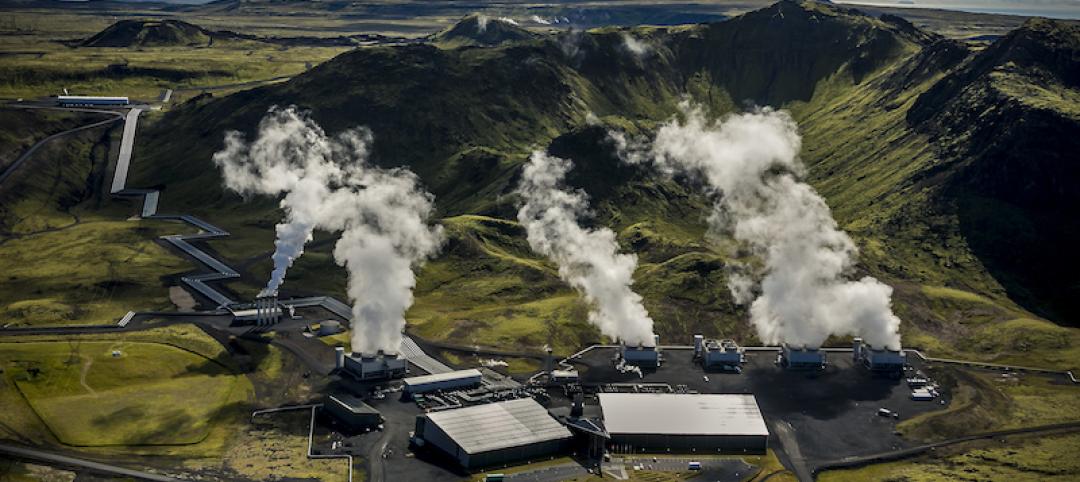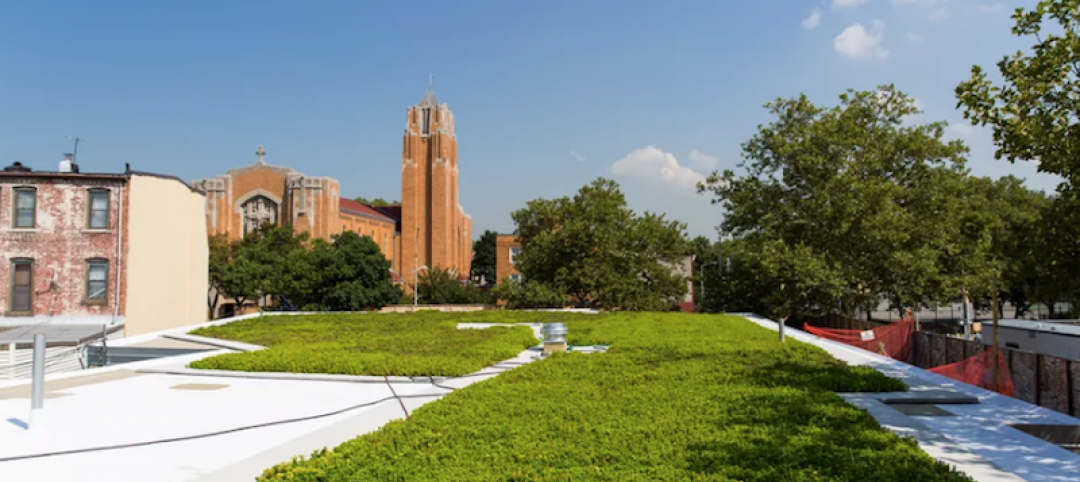In less than half a decade, the wellness movement has taken hold in the global real estate market. As of mid-April, nearly 2,600 building projects across the globe were either certified or registered through the International WELL Building Institute’s WELL Standard or the Center for Active Design’s Fitwel rating system.
Even more impressive, 4,360 design, construction, and real estate professionals have earned their WELL Accredited Professional status, and another 3,485 WELL APs are in the making. Tack on Fitwel’s cadre of 1,900+ “Ambassadors” and active users, and we’re looking at an army 9,400 strong pushing the merits of these programs.
Corporate America also has jumped on the wellness train. In 2017, nearly half of all worksites in the U.S. offered some type of health promotion or wellness program, including an astounding 92% of worksites with 500+ employees, according to the Centers for Disease Control and Prevention.
Clearly, wellness in the workplace has become big business, especially for large employers that hope their investment in healthier, lower-stress work environments will lead to improved employee health and, ultimately, lower healthcare costs.
ALSO SEE: Half of corporate and government offices offer wellness programs (CDC study)
But getting wellness to pay off may not be that simple, or even a wise investment to begin with, as evidenced by a peer-reviewed study published last month in The Journal of the American Medical Association (BDCnetwork.com/WellnessStudy19). The study involved a randomized trial of 32,974 employees across 160 worksites (20 sites with wellness plans, 140 control sites) at a large U.S. warehouse retail company.
First the good news: After 18 months, the worksites with the standardized wellness program had an 8.3-percentage point higher rate of employees who reported engaging in regular exercise (69.8% vs. 61.9%, with an adjusted difference of 0.03) and a 13.6-percentage point higher rate of employees who reported actively managing their weight (69.2% vs. 54.7%).
Now the not-so-positive news: When looking at the traditional measures of health, particularly as they pertain to health insurance premiums—namely cholesterol, blood pressure, and body mass index—there were no significant differences between the treatment group and the control group after 18 months. The same for healthcare spending and utilization, absenteeism, tenure, job performance, sleep quality, and even food choices.
It seems, according to this study at least, that workplace wellness programs can create environments that promote improved health behaviors among employees, but achieving lower healthcare spending and utilization are a stretch.
On another note, the BD+C editorial team needs your input for a first-of-its-kind AEC industry research project. For more than 40 years, BD+C editors have ranked the nation’s largest AEC firms as part of our annual Giants 300 Report. This year, we’re launching a companion research survey focused on tech and innovation trends at AEC Giant firms. If your firm is an AEC Giant and is adopting and vetting advanced tech tools, we invite you to participate in our 10-minute, 11-question Giants Tech and Innovation Survey. The results will be published this fall in BD+C. Take the survey at: BDCnetwork.com/TechSurvey19.
Related Stories
Giants 400 | Oct 30, 2017
Top 130 green architecture firms
Gensler, Stantec, and HOK top BD+C’s ranking of the nation’s largest green sector architecture and AE firms, as reported in the 2017 Giants 300 Report.
Greenbuild Report | Oct 18, 2017
Rebuild, retreat, or resist
Hurricanes Harvey and Irma expose the necessity—and limitations—of resilient design and construction measures.
Sustainability | Oct 16, 2017
A negative emissions power plant is now operational in Iceland
The geothermal power plant in Hellisheidi, Iceland was outfitted with a Climeworks DAC module.
Sustainability | Oct 9, 2017
New Arizona State University building will reach triple net-zero performance
The science and research complex will include an atrium biome filled with plants and water.
Sustainability | Oct 4, 2017
The solutions to climate change are already at our fingertips
To keep global temperature rise below 2 degrees Celsius of warming, the International Energy Agency (IEA) reports that the global buildings sector will need to decrease its total annual greenhouse gas contribution by 77% by 2050.
Green | Oct 2, 2017
Five strategies to improve energy performance in existing buildings
After performing retro-commissioning and energy audits for more than five million square feet of existing building real estate, we have developed a list of common low/no-cost Energy Conservation Measures (ECMs) that are identified on the majority of projects.
Green | Sep 27, 2017
Wellness gains ground with real estate and property management professionals
Structure Tone survey finds LEED is still a selling point, but interest in resilience practices could be waning.
Codes and Standards | Sep 12, 2017
Washington, D.C. is first LEED Platinum city in the world
All city government buildings are powered by renewables.
Green | Sep 12, 2017
Brooklyn’s Windsor Terrace Library gets a living roof
The roof was funded through a process that allows local residents to decide how City capital dollars are spent in their neighborhoods.
Green | Aug 24, 2017
Business case for WELL still developing after first generation office fitouts completed
The costs ranged from 50 cents to $4 per sf, according to a ULI report.

















